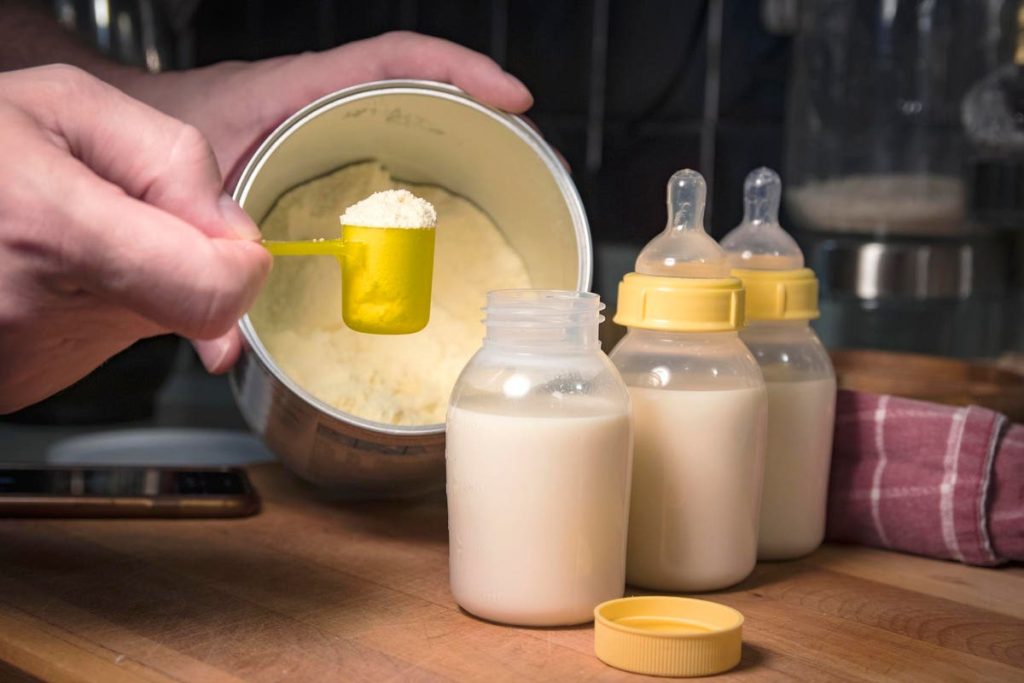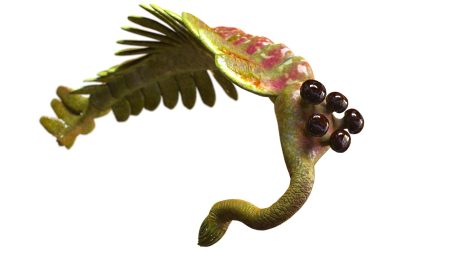When it comes to infant nutrition, there is no form of milk, except for human breast milk, that is recommended or approved by any medical or health organization until age 12 months. Infants under age 12 months cannot adequately digest cow’s milk, which may be introduced after the first birthday. They also cannot adequately digest goat’s milk, sheep’s milk, or, for that matter, camel’s milk. But when it comes to infant formula, which has been in severe short supply since 2020, the protein base may be cow’s milk, soy, and yes, goat.
As I wrote for Forbes in 2022, the crisis of infant formula shortage, in part due to bacterial contamination of large formula manufacturing plants which needed to shut down, led to parents desperately trying to extend their supplies by diluting both liquid and powder formulas, tragically resulting in severe metabolic and electrolyte imbalance and illnesses in babies. Late that spring, the FDA approved import of millions of bottles and nearly 80,000 pounds of powder-based formula from Australia. Much of this was goat milk-based.
Until 2022, during the worst of the US infant formula shortage, the FDA hadn’t approved goat milk-based infant formula to be used in the US. There are now two companies, Aussie Bubs and Kendamil, that are approved as goat milk-based formulas in the US. Two others, Kabrita and Joovy, will likely follow. While this initially came to pass due to severe formula shortages in the US, goat milk-based infant formula is becoming increasingly recognized as a viable option, formula shortage or not.
The negatives on goat’s milk became muddied into nutritional circles for various reasons. First, the “raw milk” craze, where milk from cows, sheep, goats and camels was touted as a more “natural,” “wholesome” option for children and families. In fact, raw milk is unpasteurized, leading to life-threatening and even a few deadly cases of food-borne gastrointestinal illnesses such as E. coli and Salmonella. In addition, many families are (rightly) concerned that infants and toddlers who consume goat’s milk can become anemic, due to low levels of iron and folate in goat’s milk. Yes, this is true, but this is also true for infants and toddlers who consume cow’s milk, which is also low in iron and folate. This is why all infant formulas (cow milk-based, soy-based and goat milk-based) approved in the US and abroad are fortified with iron, folate and other minerals that are not found in the milk bases.
To date, it is unlikely that there is a “best” formula for any individual infant, especially with varying tolerance and sensitivities to specific proteins, depending on each individual’s maturing digestive system. The choices can be overwhelming. But despite the misrepresented concerns about goat milk-based formulas, it turns out that the base contains high levels of protein (even higher than cow’s milk), higher fat levels, necessary for developing nervous systems, and a type of protein called alpha-2 beta-casein, which may be an easier-to-digest form of protein than that found in cow’s milk.
And as for the taste, just as cow milk-based formula doesn’t quite taste like cow’s milk, goat milk-based formula doesn’t quite taste like goat’s milk. While this author has never tasted plain goat’s milk, it has been described as having a, well, “goaty” flavor, potentially due to one of the enzymes in the milk, and potentially due to the, well, goats. Thankfully, the goat milk-based formulas taste like formula, and infants seem to like it.
Read the full article here






